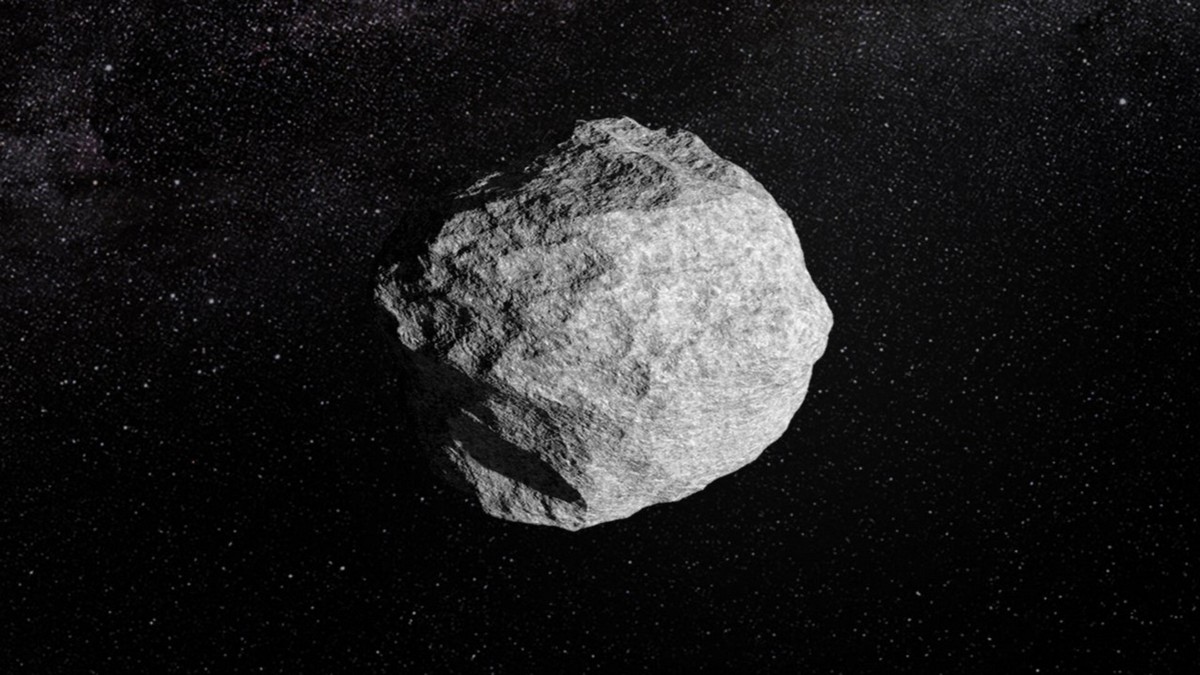Is an asteroid set to collide with Earth in 2032?
Scientists from the National Aeronautics and Space Administration (Nasa) say they have spotted a space rock that could smash into the Earth.
While the asteroid isn’t what we call an ‘Earth killer’, it can certainly do some damage.
But what do we know about it? But what happens if it hits Earth?
Let’s take a closer look:
What do we know?
As per The Guardian, the asteroid is named Asteroid 2024 YR4.
It was discovered on December 27 in Chile.
As per LiveScience, Nasa’s Asteroid Terrestrial-impact Last Alert System spotted the asteroid.
As per The Telegraph, it measures between 40 and 100 metres.
It is moving at 61,000 kilometres per hour away from Earth at the moment.
However, analysis of its orbit shows it has a 1 in 83 chance of hitting the Earth on 22 December, 2032.
That works out to a 1.3 per cent chance of a direct hit.
While this may not sound like much at first glance.
However, according to The Telegraph, this is the highest risk of an asteroid collision ever measured by the European Space Agency (ESA).
As per LiveScience, the asteroid will pass Earth in late 2028.
It will then fly by again six more times between 2032 and 2074.
On the Torino Impact Hazard Scale – which ranges from 1 to 10 and measures close encounters by space rocks – the YR4 ranks a three.
For this rank “attention by public and by public officials is merited if the encounter is less than a decade away," as per LiveScience.
How worried should we be?
Scientists say they aren’t too worried.
They say chances are it’ll just whizz past in the night sky.
“Most likely this one will pass by harmlessly,” said Colin Snodgrass, a professor of planetary astronomy at the University of Edinburgh, told The Guardian. “It just deserves a little more attention with telescopes until we can confirm that. The longer we follow its orbit, the more accurate our future predictions of its trajectory become.”
But what happens if it hits?
LiveScience quoted experts as saying that while the asteroid won’t end civilization, it could take out a major city.
The asteroid that took out the dinosaurs 66 million years ago in what is now Mexico, by contrast, was 10 to 15 kilometres wide.
As per The Telegraph, a rock like YR4 hits Earth every 700,000 years.
It would leave behind a crater as large as Manchester.
Experts said the YR4, on impact, would release around eight megatons of energy.
By comparison, the atomic bomb that hit Hiroshima was measured at 15 kilotons.
Well, what about taking it out it, like in a Hollywood movie?
An expert in 2023 told The Telegraph it would be better to deflect it rather than set off a nuclear explosion.
“A kinetic impactor, a spacecraft, will be a lot more precise [than a nuclear bomb] because you can select the mass, the velocity and the direction of the impact; you can really control the deflection,” Ian Carnelli, a planetary defence expert at the ESA, told The Telegraph.
“Triggering an explosion a certain distance away from an asteroid is extremely complex and nobody would agree to test it before a real threat is identified so you really would have a total lack of knowledge of how to do it.
“Whereas the kinetic impactor is a proven technique and the technology is ready now and it is much more controllable. It’s really the ideal deflection technique.”


)

)
)
)
)
)
)
)
)



